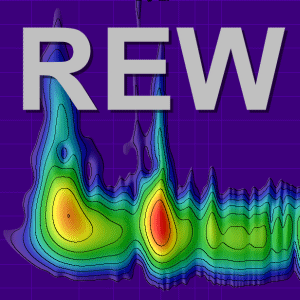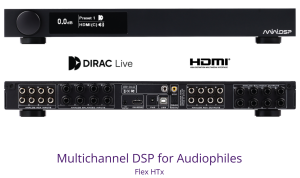guitarplayr82
New Member
Thread Starter
- Joined
- Oct 2, 2025
- Posts
- 6
I am trying to use REW’s alignment tool to align my studio monitors with a single sub. In the screenshot below you can see my monitors in green and my sub in brown, both of which have already been corrected with EQ:

To my knowledge the black dotted line should represent the “ideal” summing if the alignment was perfect. However, when I click “average the responses”, I end up with the teal line in the next screenshot:

The teal line is what I want/expect my response to look like, while the dotted line seems to create a weird boost around the crossover region. Why does the RMS average look so different from the dotted line? If everything was aligned perfectly, shouldn’t the response more closely resemble the RMS average since the RMS average ignores phase in its calculation?
To my knowledge the black dotted line should represent the “ideal” summing if the alignment was perfect. However, when I click “average the responses”, I end up with the teal line in the next screenshot:
The teal line is what I want/expect my response to look like, while the dotted line seems to create a weird boost around the crossover region. Why does the RMS average look so different from the dotted line? If everything was aligned perfectly, shouldn’t the response more closely resemble the RMS average since the RMS average ignores phase in its calculation?














